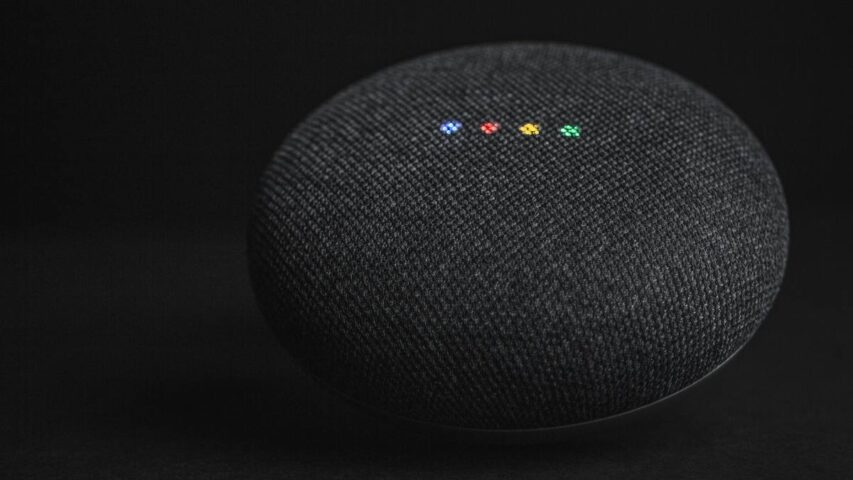According to a recent report from Axios, Google is in the process of enhancing its Assistant with state-of-the-art generative AI capabilities. An email obtained by the news outlet reveals that Google is already delving into the development of a “supercharged” version of Assistant, leveraging the latest advancements in large language models (LLM).

ChatGPT and Google’s Bard chatbot inspire the technology used for this project. An email has been sent stating that a team is currently working on this innovative project, focusing on implementing it first on mobile platforms.
This will revolutionize the user’s experience with Google Assistant, providing a more natural and conversational interaction that pushes the limits of virtual assistance.
Bard, powered by Google’s advanced Language Model for Dialogue Applications (LaMDA) technology and the powerful Pathways Language Model 2 (PaLM 2), is not your typical chatbot. It goes beyond providing answers to online queries and is capable of much more.
Recently, it has been equipped with the ability to analyze images using the same cutting-edge technology that powers Google Lens. Additionally, Bard can effortlessly retrieve citations, enhancing its usefulness as a reliable information source.
What’s more, this remarkable chatbot is soon expected to integrate seamlessly with Adobe Express, leveraging the Firefly generative AI to further expand its versatility and potential.
Google Assistant can search the web and perform app-related tasks like setting alarms or playing music. However, Bard has greater intelligence than Google Assistant but is unable to carry out practical tasks on your phone. Integrating Bard with Google Assistant can significantly enhance its abilities, although Google has already hinted at exciting developments to come.
According to a statement from Google spokesperson Jennifer Rodstrom, the company is actively exploring ways to leverage large language models like ChatGPT to enhance and improve Google Assistant.
This development comes in the wake of Google’s recent announcement of a significant update to their own AI chatbot, Bard. This update enables Bard to respond to queries through spoken language.
Bard utilizes extensive training data to generate human-like responses to a diverse set of queries, similar to ChatGPT. It has demonstrated the ability to produce various outputs, including summarizing texts and generating computer code for game and software development.

The decision to enhance Google Assistant comes at a time when the tech giant recognizes the profound impact of artificial intelligence on society. In a recent report, Google highlighted AI as the most transformative technology shift in our lifetimes, with the potential to significantly boost the UK economy.
According to their estimates, the economic contribution of AI could result in annual growth of 2.6 percent, generating £200 billion in additional revenues for public services and reversing recent growth stagnation.
However, it’s worth noting that the report did not fully consider the potential impact of AI on certain job sectors. As a result, critics have expressed concerns about the disruptive effects of this technology on the workforce.
In May 2023, Google’s AI team published a report titled “Enabling conversational interaction on Mobile with LLMs.” The report explores the integration of large language models (LLMs) with graphical user interfaces (GUIs) on mobile phones.
The focus is on four application areas: summarizing on-screen content, answering questions based on displayed content, and assigning UI functions to language prompts.
One notable example is the language model’s ability to analyze the UI and generate contextual questions based on the displayed information. These questions can then be promptly answered when the user asks them.
Additionally, the AI showcases its “screen question answering” capability by providing details such as the headline, author name, and publishing date when a blog post is open in a web browser.
However, the most promising application lies in “mapping instruction to UI action.” This means users can control their phones using prompts, both through voice and text. The virtual assistant can open apps, adjust phone settings like the cellular network mode, and perform other tasks with improved conversational abilities.
While the exact arrival date of a supercharged Google Assistant remains uncertain, it would represent a significant leap in its capabilities. Notably, Apple is also exploring generative AI tools, internally referred to as AppleGPT, to enhance Siri.


